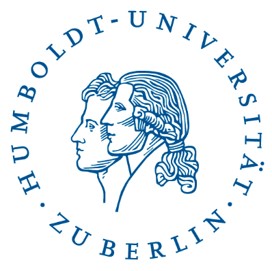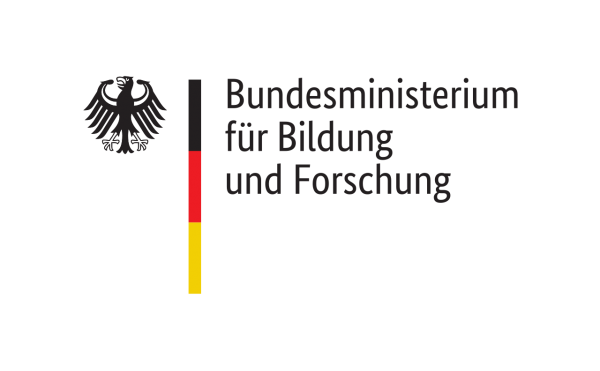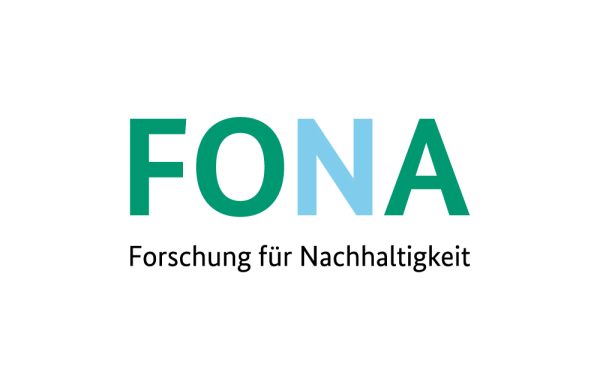Nature-based solutions to strengthen the climate resilience of urban regions in central Vietnam
Cities are both drivers of global warming and increasingly affected by its effects. While a large population and energy-intensive infrastructure and facilities in a limited space lead to high CO2 emissions, the conversion of natural soils and vegetation increases the formation of urban heat islands and the loss of natural water retention and infiltration potential during rainfall. Coupled measures to mitigate and adapt to climate change are becoming essential for the planning of urban regions due to the increased resilience that this brings. In this context, natural-based solutions (NBS) are becoming increasingly important in urban planning, as they have the potential to address and strengthen social and environmental challenges such as climate change, water and air pollution, food and water security, as well as health and disaster management. This also includes the expansion and improvement of green-blue infrastructure (GBI) – a strategically planned network of natural and semi-natural areas.
Vietnam is one of the most densely populated countries in the world. With an urbanization rate of 3.4% per year, Vietnam is undergoing a very rapid urbanization process, which is also affecting secondary cities such as Da Nang, Can Tho and Hue. The proportion of Vietnam’s population living in cities will grow from the current 30% to an estimated 50% by 2025. At the same time, Vietnam is one of the five countries most affected by climate change. Central Vietnam and its cities such as Hue are particularly affected by storms, typhoons, heavy rainfall and extreme heatwaves, which often lead to civilian casualties and severe infrastructure damage. Due to the outstanding historical and touristic importance of the city of Hue, it belongs to the category “Grade 1 – Top Priority City” of the Vietnamese government and is thus a role model for the more than 65 other provincial capitals. These factors, as well as similar administrative structures and high exposure to the effects of climate change, make Hue an ideal location for an Urban Learning Lab, from which proven approaches and concepts can be transferred to other provincial cities.
The aim of the “GreenCityLab Hue” project is to create a multi-level and multidisciplinary research and experimentation space to develop, test, visualize, discuss and implement ideas and concepts for the restoration and expansion of green-blue infrastructure (GBI) in the city of Hue, central Vietnam. In cooperation with stakeholders from science, administration, politics and civil society, the project consortium will develop joint know-how, concepts and a database for the jointly agreed, coordinated and strategically planned development of a network of (semi-)natural areas in Hue. By integrating nature-based solutions and GBI into Hue’s urban development, a variety of ecosystem services can be protected while at the same time increasing and strengthening the social and ecological resilience of Hue and its surroundings, e.g. to the consequences of climate change.
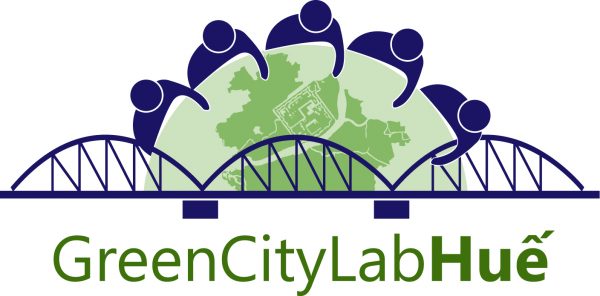
Runtime
07/2019-03/2025
Cooperation partner
Mientrung Institute for Scientific Research

Hue Institute for Development Studies (HueIDS)

Hue University of Science (HUSC) – Faculty of Architecture
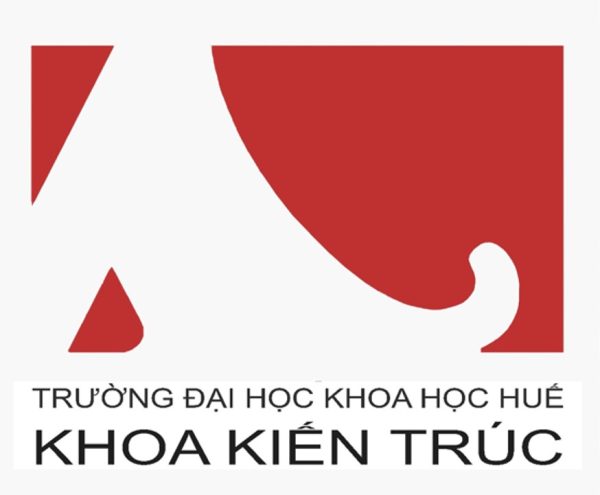
Sponsored by
Federal Ministry of Education and Research as part of the funding priority Research for Sustainability (FONA)
Contact us
Further information:
Project website: www.greencitylabhue.com



